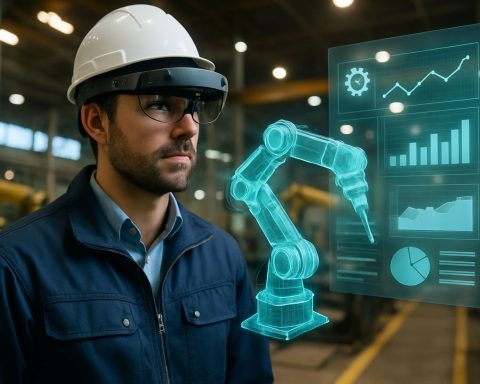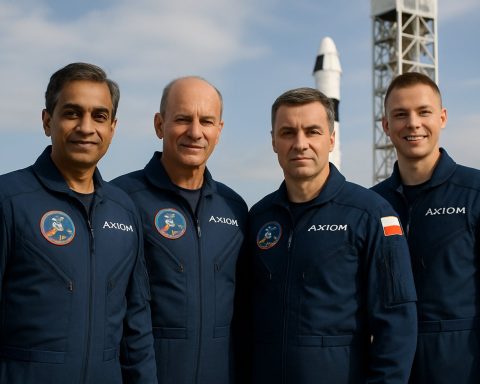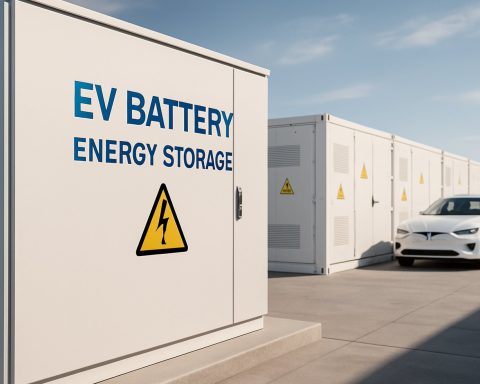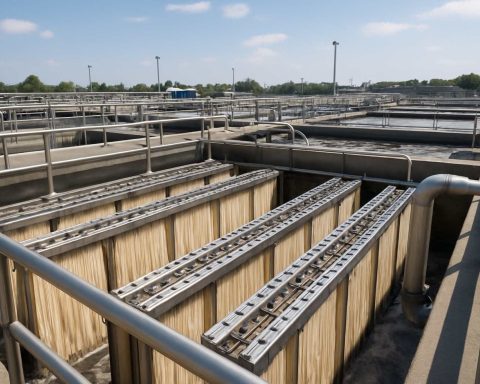- Italy is reconsidering nuclear energy, largely due to advancements in small modular reactors (SMRs).
- SMRs offer safer, more versatile, and cost-effective solutions compared to traditional nuclear plants.
- Global energy challenges have prompted Italian authorities to reassess their reliance on renewable resources and imports.
- Italy is investing in research to examine the feasibility of integrating SMRs into its energy grid.
- The country faces divided public opinion on nuclear energy, with debates around energy security, environmental commitments, and waste disposal.
- The potential shift towards SMRs in Italy reflects a broader discussion on achieving energy independence and sustainability goals.
In a surprising turn of events, Italy is revisiting its stance on nuclear energy. The conversation surrounding nuclear power has been reignited due to advances in small modular reactors (SMRs), which have been hailed as a safer and more versatile alternative to traditional nuclear plants. After Italy’s decision to phase out nuclear power in the 1980s and the reinforcement of this stance with a public referendum in 2011, the country has relied on hydroelectric and other renewable resources along with significant imports. However, recent global energy challenges have prompted Italian authorities to reconsider their energy strategy.
The appeal of SMRs lies in their capacity to provide a reliable and consistent energy supply while significantly reducing the risks associated with large nuclear plants. These smaller, more cost-effective units could be the key to addressing Italy’s energy demands without compromising environmental commitments. The Italian government is now investing in research to explore the feasibility of integrating SMRs into the national grid, potentially reshaping its energy landscape.
Public opinion continues to be divided. Proponents argue that revisiting nuclear energy with new technology ensures energy security and climate goals are met, while opponents caution against potential risks and the debate on waste disposal. As international contexts shift and energy independence becomes increasingly critical, Italy’s nuclear future remains uncertain. This pivot could signify a new era for the nation’s energy policy, sparking a broader conversation on the role of nuclear power in a sustainable future.
Italy’s Nuclear Energy Renaissance: Could Small Modular Reactors Be the Game Changer?
Overview of Italy’s Nuclear Energy Debate
In a surprising turn of events, Italy is once again considering nuclear energy as part of its energy portfolio, primarily focusing on the potential of small modular reactors (SMRs). These innovative nuclear solutions are seen as a safer, more cost-effective alternative to traditional nuclear plants. This consideration marks a significant shift from Italy’s historical stance, following its phase-out in the 1980s and the public referendum reinforcing this decision in 2011. However, recent global energy challenges have driven Italy to reevaluate its energy strategy.
Key Features and Benefits of Small Modular Reactors (SMRs)
SMRs are compact nuclear reactors that offer a consistent and reliable energy supply. They are lauded for reducing the safety risks associated with larger nuclear facilities, thanks to their smaller size and advanced technologies. Italy is investing in research to understand how these reactors could integrate into its national grid, potentially redefining the country’s energy landscape.
Pros of SMRs:
– Safety: Enhanced safety features compared to traditional reactors.
– Cost-effective: Lower initial capital investment and scalable production.
– Flexibility: Can be deployed in isolated or urban areas, providing localized energy solutions.
Cons of SMRs:
– Waste Disposal: Existing challenges surrounding nuclear waste management remain unresolved.
– Public Perception: Continued opposition based on historical concerns about nuclear energy risks.
Italy’s Energy Strategy: Market Forecasts and Trends
The increased attention on SMRs is part of a broader trend toward diversifying and securing energy sources as Italy navigates global energy challenges. As the nation strives for energy independence, integrating SMRs could herald a new era of sustainable energy policy. This move is also aligned with international trends, where countries are exploring nuclear options to meet climate targets.
Security and Sustainability of Nuclear Energy
The debate about nuclear energy in Italy isn’t just about economics—it’s about ensuring long-term security and sustainability. As energy independence becomes more crucial, the role of SMRs could be pivotal in providing stable, low-carbon energy. However, questions about nuclear waste and public safety remain key hurdles for proponents to address.
Related Questions
1. How do small modular reactors improve safety compared to traditional nuclear reactors?
– SMRs incorporate advanced cooling systems and passive safety features that minimize the risk of overheating and radiation leaks. Their smaller size allows for better control and management of nuclear materials, thus significantly reducing the potential for catastrophic failures.
2. What economic impact could SMRs have on Italy’s energy sector?
– By reducing the initial investment and operational costs, SMRs could decrease Italy’s reliance on energy imports, lead to stable electricity prices, and create jobs through local manufacturing and operation of nuclear facilities.
3. How does public perception affect the implementation of SMRs in Italy?
– Public opinion is a critical factor, with past nuclear incidents influencing perceptions. Proponents of SMRs need to effectively communicate safety advancements and environmental benefits to garner public support and alleviate concerns about nuclear energy’s role in the country’s future.
For more insights into Italy’s energy strategies and technology advancements, check out the following domains:
– U.S. Department of Energy
– International Atomic Energy Agency (IAEA)











